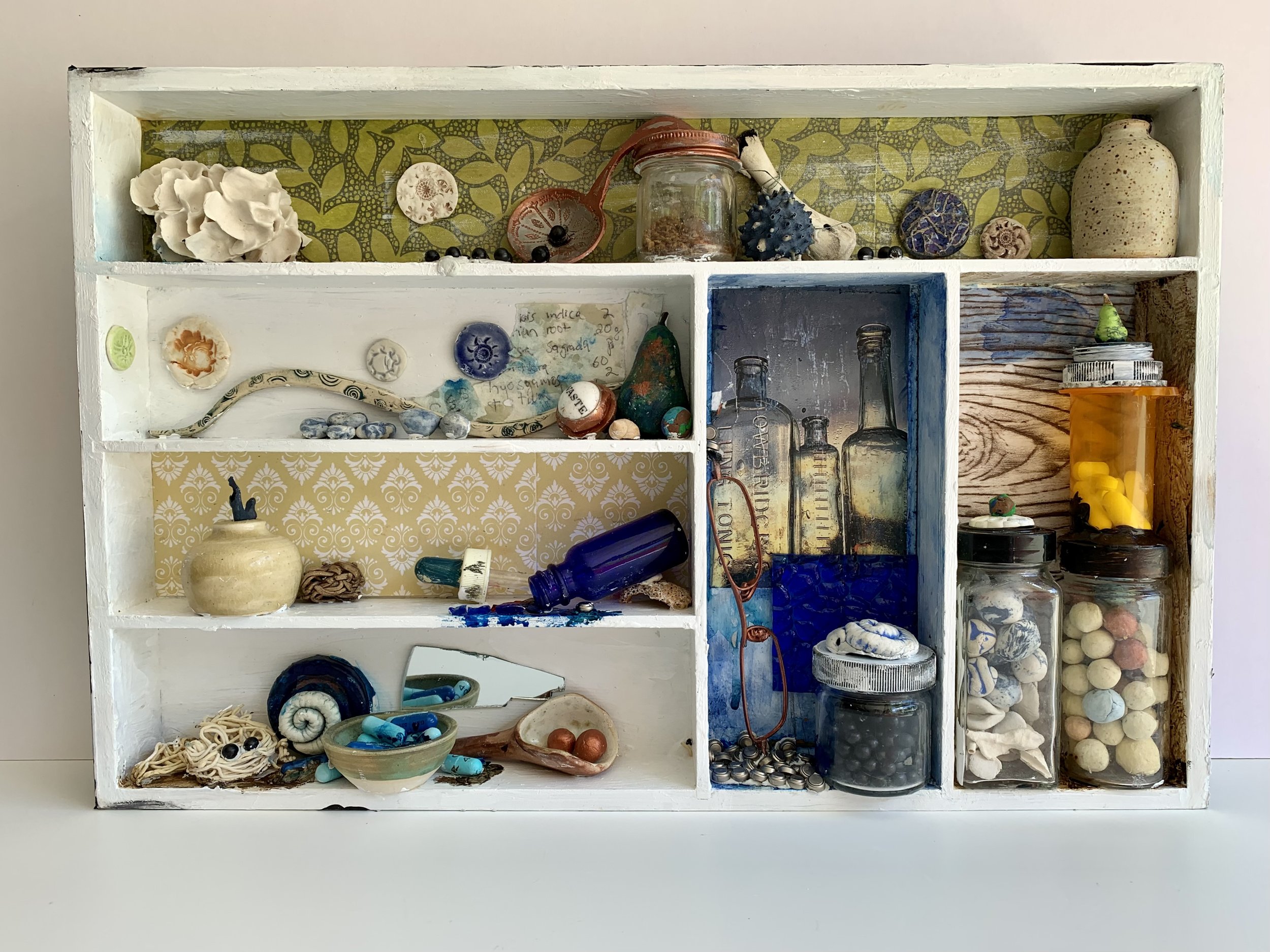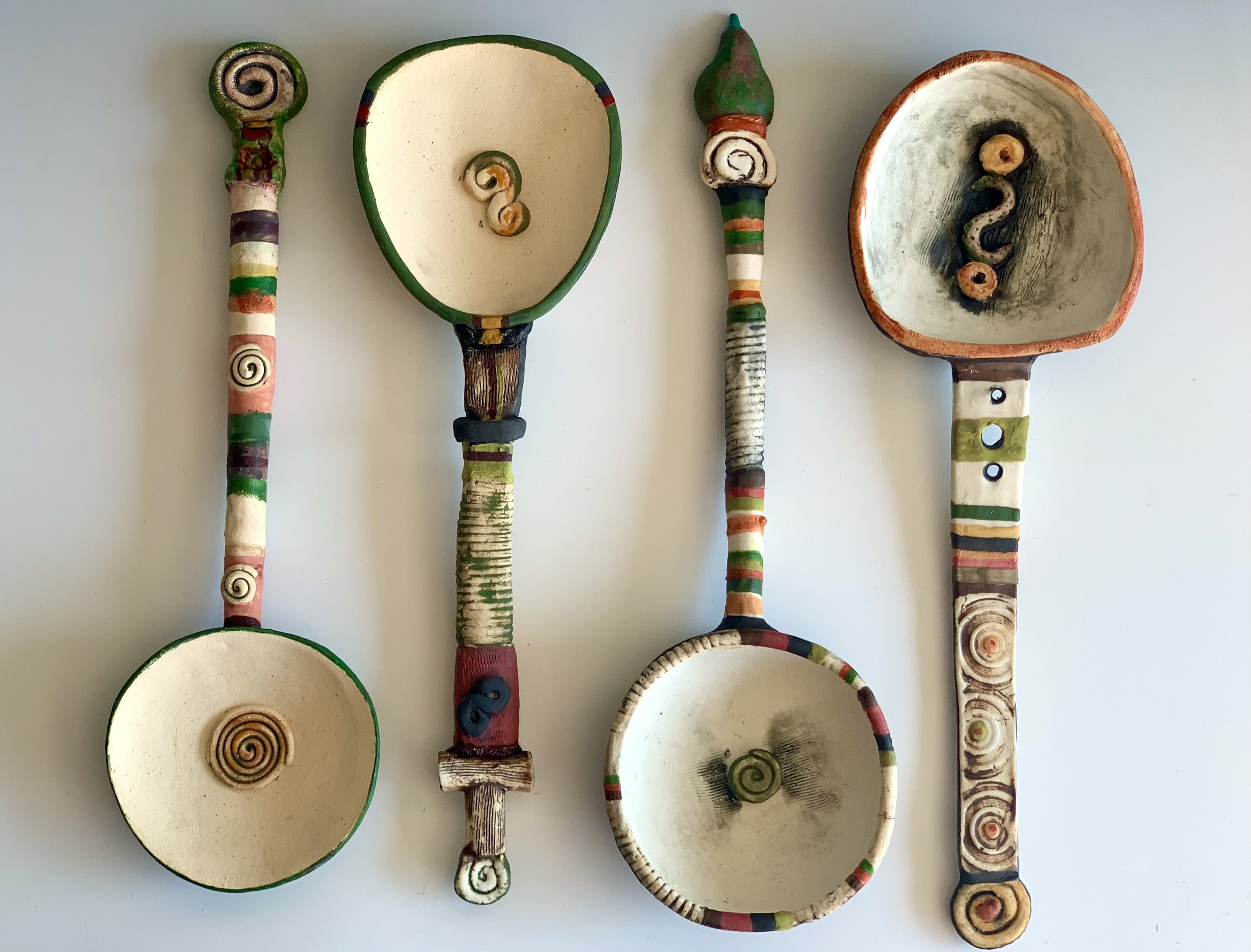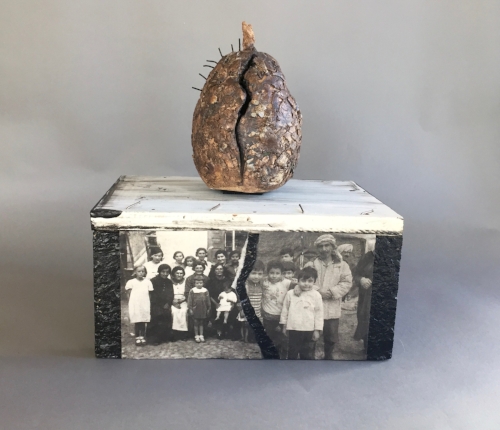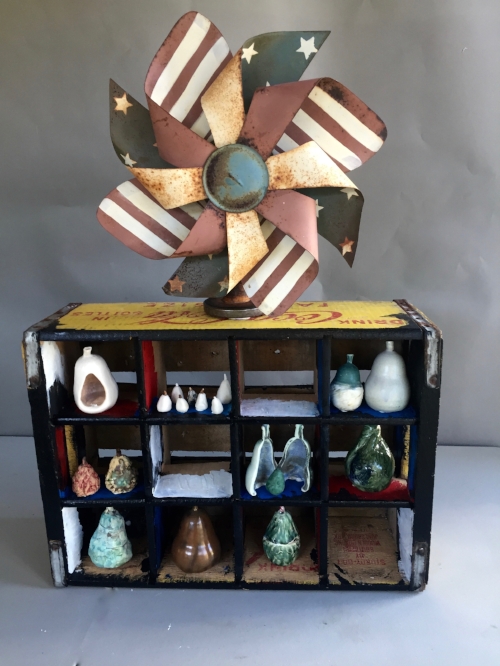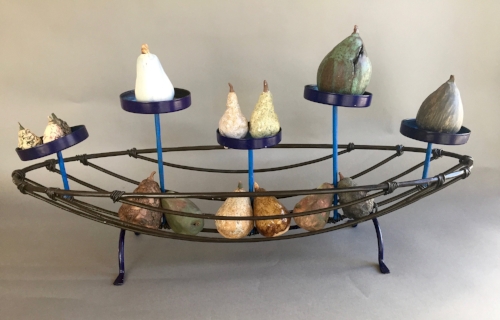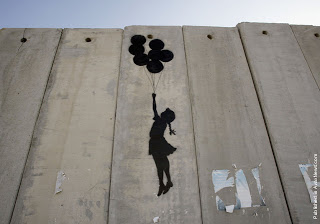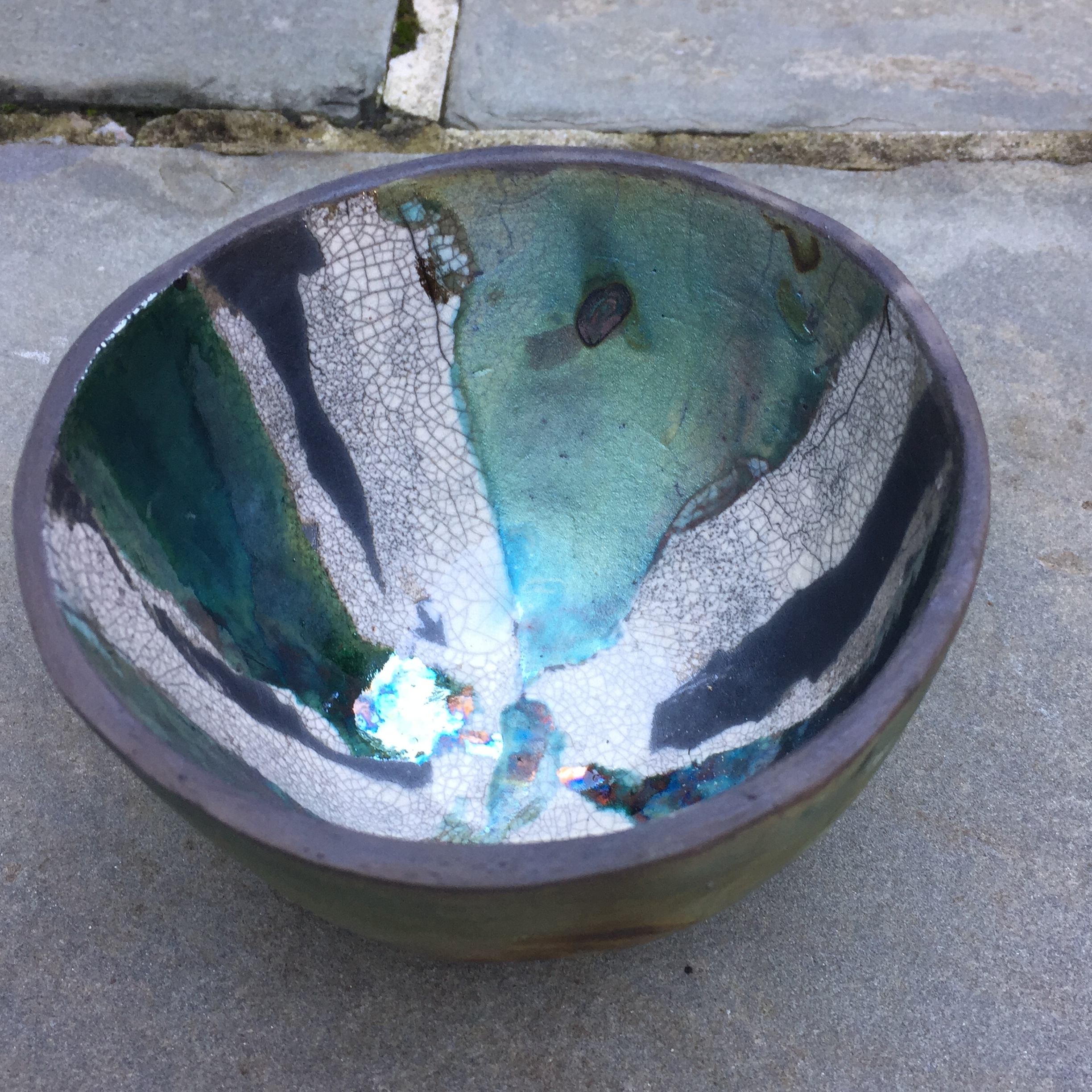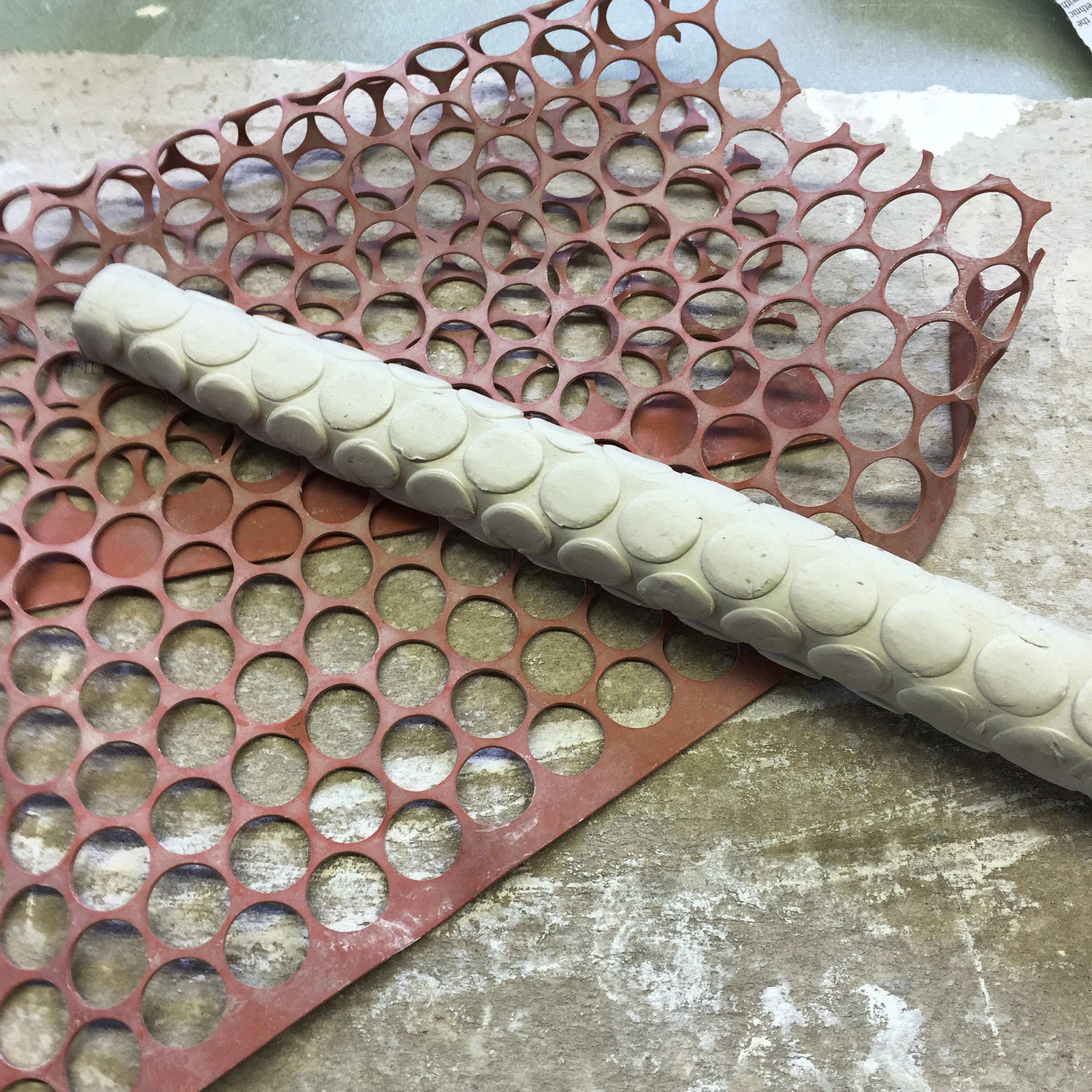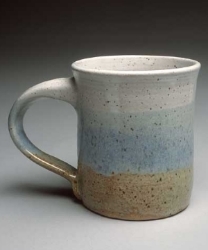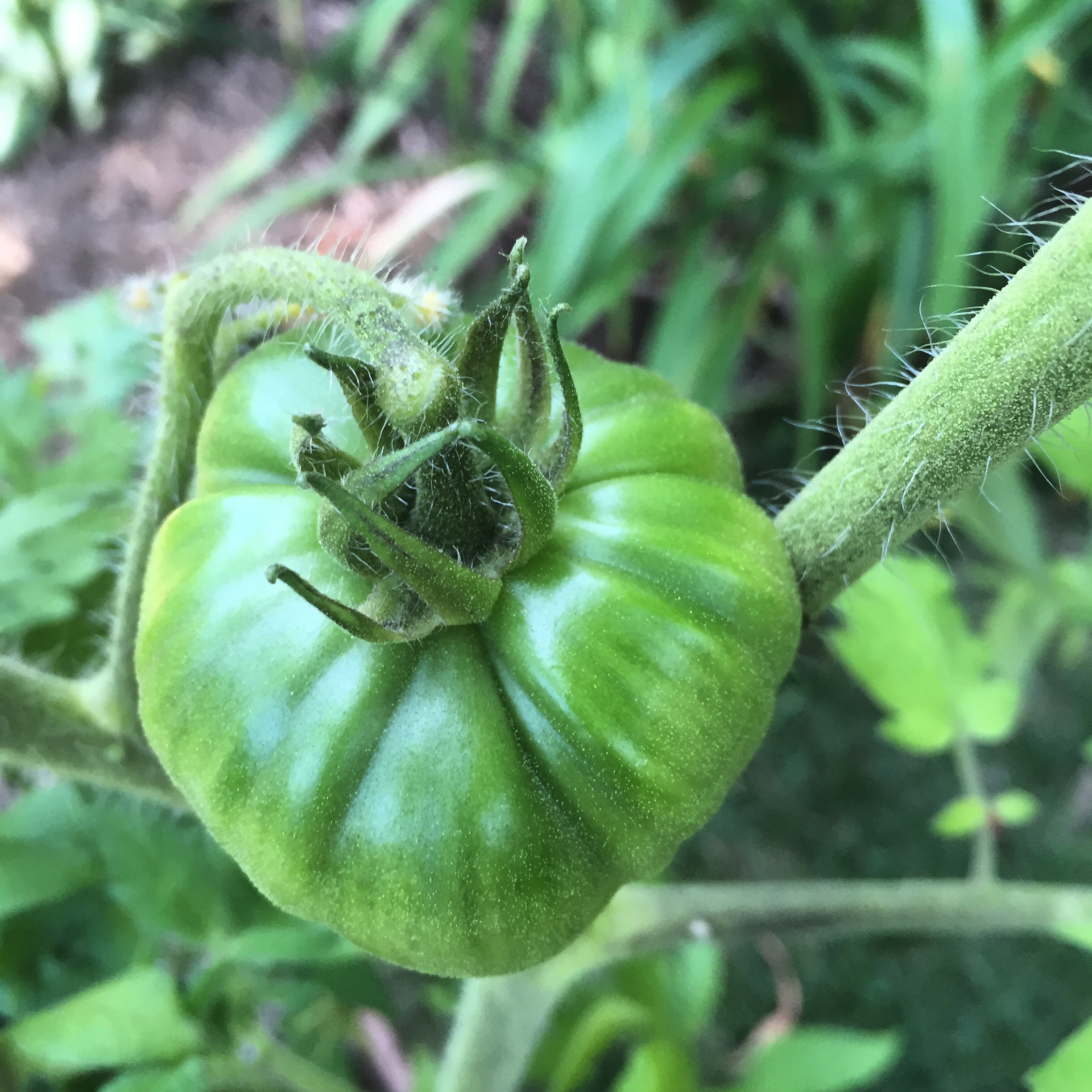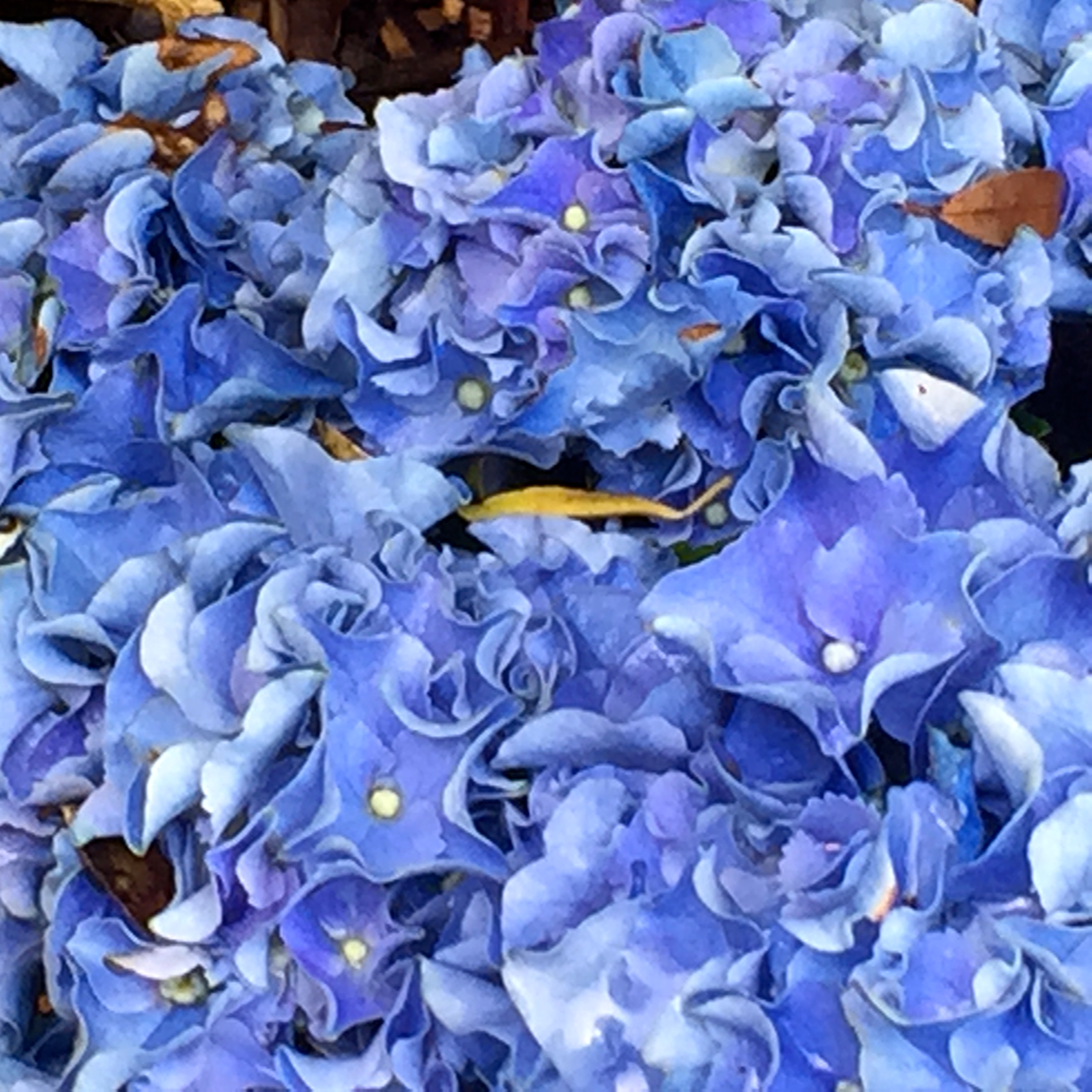Looking back on 2022, I’d like to share three things that were highlights for me.
It was wonderful to have Apothecary be part of the Artful Healing exhibition at the Newark Museum of Art. This is the first time I have had a piece in a major museum with a such diverse audience. It was rewarding for me to experience the wide appeal of my artwork. I especially enjoyed listening to the different museum goers’ interpretations of Apothecary.
I participated in an exhibition at the Heidi Gallery at JSDD. Local poets were asked to choose a piece or two to create poems about for a reading. The poet, Marcia LeBeau selected my piece Crazy Cooks Spoons and wrote the poem, “Begging to be Touched”. I must say, I love this poem; it gives me a whole new way to think about my work. Here is an excerpt from the final stanza when Marcia shares her take on the thoughts of the maker.
“From her hands, a quartet
of ceramic and swirls, earth tones and outlines. How could they not
cause a stir? A set of spoons crafted not for the saliva of mastication,
but a saliva of longing, of want and desire. Designed for the artist herself,
the crazy cook, the dreamer. For you and me.”
I spent a peaceful week at Cape May Point this past summer. It was very hot, which made for incredible sunsets. My granddaughter and I climbed into the lifeguard’s chair to enjoy. It reminded me of growing up on Long Island, where as a teenager I spent a lot of time hanging out on the beach. My granddaughter said it was a lot fun and one of the best things she did during the summer. I was so happy to be able to share it with her.
Please share your highlights from 2023 in comments below.
I look forward to reading them.
Apothecary
Crazy Cooks Spoons

